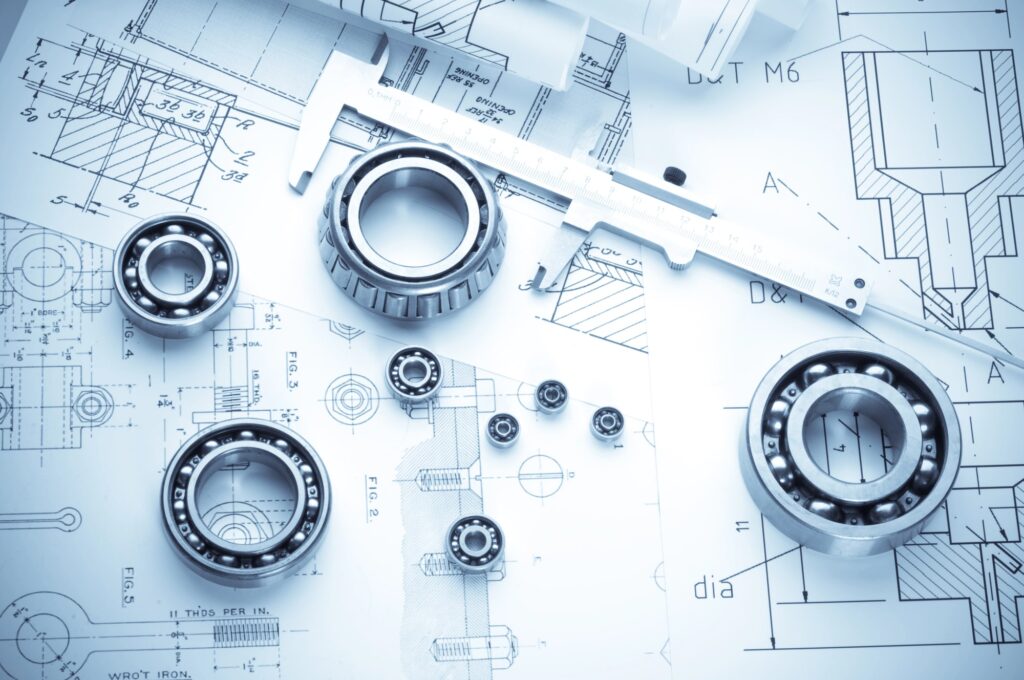The Oklahoma City National Memorial stands as a profound testament to resilience, unity, and healing. Designed 30 years ago by architects Hans and Torrey Butzer in response to the tragic 1995 bombing, this iconic site offers both a space for remembrance and a lesson in the power of design to reflect human emotions and collective memory.
As this milestone approaches, Hans Butzer, now dean of the Christopher C. Gibbs College of Architecture at the University of Oklahoma, reflects on the journey to create the memorial. He also considers its lasting legacy in the architectural world.
A Vision Rooted in Collaboration and Empathy
When Hans and Torrey Butzer first joined the competition to design the Oklahoma City National Memorial, they knew the responsibility was immense. The 1995 bombing of the Alfred P. Murrah Federal Building had taken 168 lives and left a scar on the nation.
Determined to honor the victims and survivors, the Butzers immersed themselves in understanding the impact of the attack. They worked closely with victims’ families and survivors during the design process.
The Design Elements That Carry the Memorial’s Heart
The memorial features three main elements: the Gates of Time, the Field of Empty Chairs, and the Reflecting Pool. Each part was carefully created to tell a story.
- Gates of Time: These bronze gates frame the site and display 9:01 and 9:03, symbolizing the minute before and after the bombing. The bronze will develop a patina over time, showing the passage of years and changing memories.
- Field of Empty Chairs: The field has 168 empty chairs representing the lives lost. The arrangement shows which floor each victim occupied, a detail shaped by input from survivors and families.
- Reflecting Pool: Placed between the gates, the pool invites visitors to pause and reflect on loss and hope.
These elements were designed to change with time. The loblolly pine trees around the memorial will grow to match the height of the destroyed Murrah Building, connecting visitors to the site’s past presence.
Book Your Dream Vacation Today
Flights | Hotels | Vacation Rentals | Rental Cars | Experiences
Shaping Future Memorial Design Practices
The Oklahoma City National Memorial became a model for how memorials address grief and healing. By involving the community and creating elements that reflect both tragedy and recovery, the Butzers set new standards in memorial architecture.
A Commitment to Community-Centered Design
This community-focused approach inspired other memorial projects across the country. Designing spaces that engage the public changed how architects approach emotionally charged sites.
Hans and Torrey’s work shows that architecture can serve as a vessel for memory and healing.
The Next Chapter: Expanding the Legacy
Three decades later, Hans and Torrey Butzer continue their work in Oklahoma City. They live just 1.2 miles from the memorial.
Their newest project, Foreword, expands the Oklahoma City National Memorial Museum. This project will include a civics lab to help students learn to engage constructively, even when they disagree.
This reflects the Butzers’ belief in fostering understanding, an idea rooted in the original memorial’s creation.
A Reflection of Resilience
As the nation marks the 30th anniversary of the tragedy, Hans Butzer reflects on the memorial’s message. He emphasizes that it is a place of remembrance, resilience, and unity.
The design shows the strength of the Oklahoma City community. Visitors from around the world come to learn, grieve, and find hope.
Architecture as a Bridge Between Loss and Healing
Hans and Torrey Butzer’s work on the Oklahoma City National Memorial shows how architecture can connect people with their collective history. It also helps shape a path for healing.
The use of timeless design elements and community involvement keeps the memorial meaningful. Ongoing education efforts make sure it remains a source of inspiration for future generations.
Architects and engineers have the responsibility to create spaces that reflect the human experience. The Butzers’ work demonstrates what is possible when empathy, creativity, and teamwork come together.
Here is the source article for this story: A symbol of time: Oklahoma City bombing memorial architect breaks down design, community involvement
Book Your Dream Vacation Today
Flights | Hotels | Vacation Rentals | Rental Cars | Experiences

